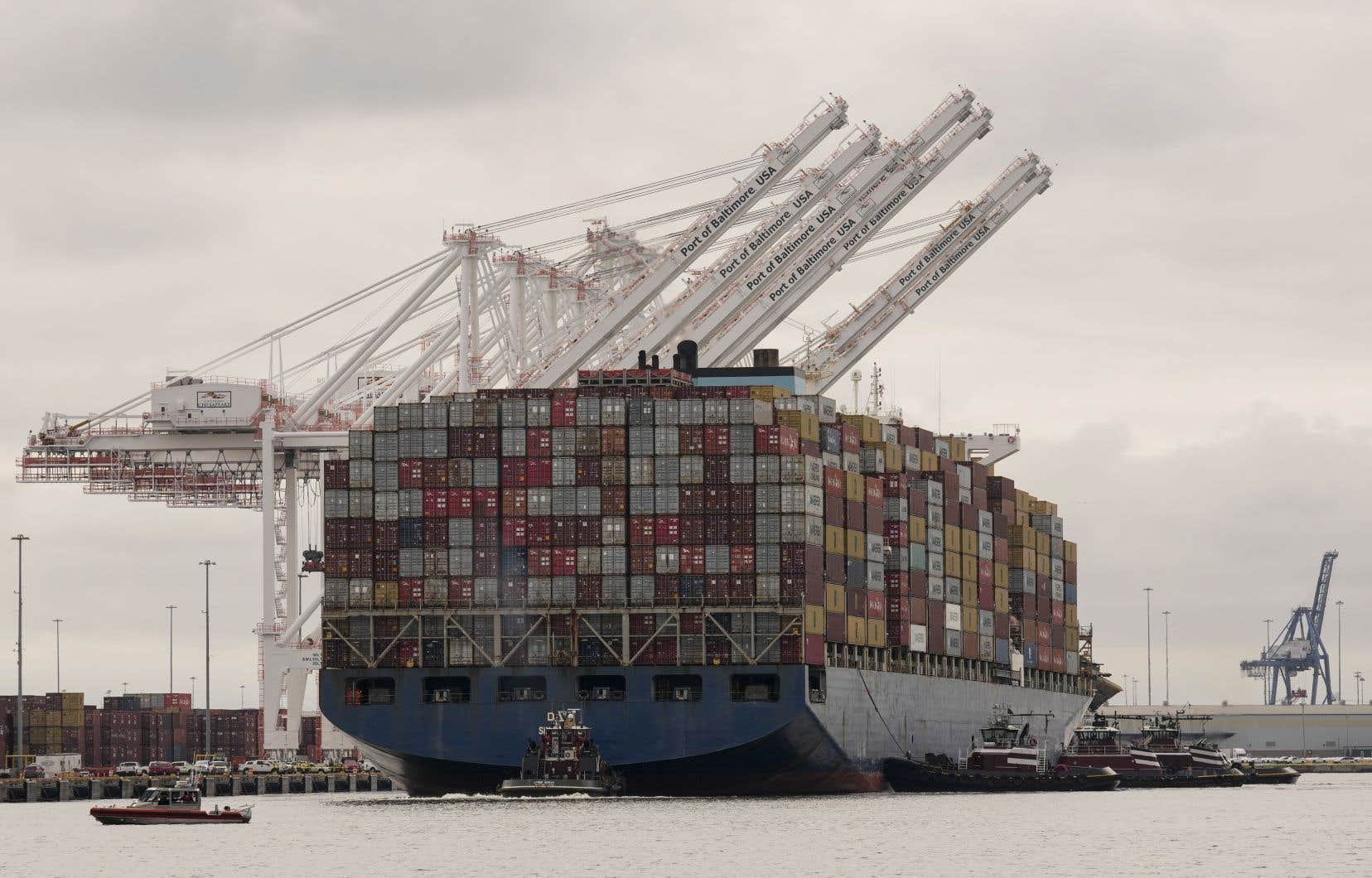Officials expect commercial shipping traffic through the Port of Baltimore will soon return to normal levels after the main channel fully reopens this week, for the first time since the Francis Scott Key Bridge collapsed in late March.
U.S. Coast Guard Rear Adm. Shannon Gilreath announced Tuesday that the Port of Baltimore can now once again accommodate larger container ships.
On March 26, the cargo ship Dali crashed into a critical pillar of the Francis Scott Key Bridge, causing the deck to collapse. Six members of a roadworks crew died. The ship had lost power shortly after leaving Baltimore for Sri Lanka.
After the accident, some shipping companies redirected their goods to other ports. The disaster halted most shipping traffic at the busy Port of Baltimore as crews worked day and night to remove about 50,000 tons of steel and concrete that had fallen into the Patapsco River. The work, which cost approximately US$100 million, involved federal, Maryland state and municipal agencies.
Maryland used about $60 million in emergency federal funds to open three other, smaller canals near the main canal.
Businesses that avoided the Baltimore Harbor during the cleanup will likely return now that the canal has returned to its original depth and width, officials said. The port handles more cars and agricultural equipment than any other port in the United States.
All that diverted commercial traffic “belongs to Baltimore today,” said U.S. Transportation Secretary Pete Buttigieg.
Crews have been able to gradually reopen portions of the deep-draft canal, restoring some commercial traffic in recent weeks. Some cruise ships and large container ships have already passed this way, officials said.
But thousands of longshoremen, truckers and small business owners have seen their jobs hit by the collapse and its economic fallout, which extends far beyond the Baltimore region. State officials helped establish several relief programs to keep people employed and businesses afloat in the immediate aftermath.
Rebuilding the bridge could cost nearly US$2 billion, officials said. They hope it will be finished by 2028.
President Joe Biden has pledged that the federal government will cover the full cost of rebuilding the bridge, although officials have said funding is still awaiting congressional approval.
